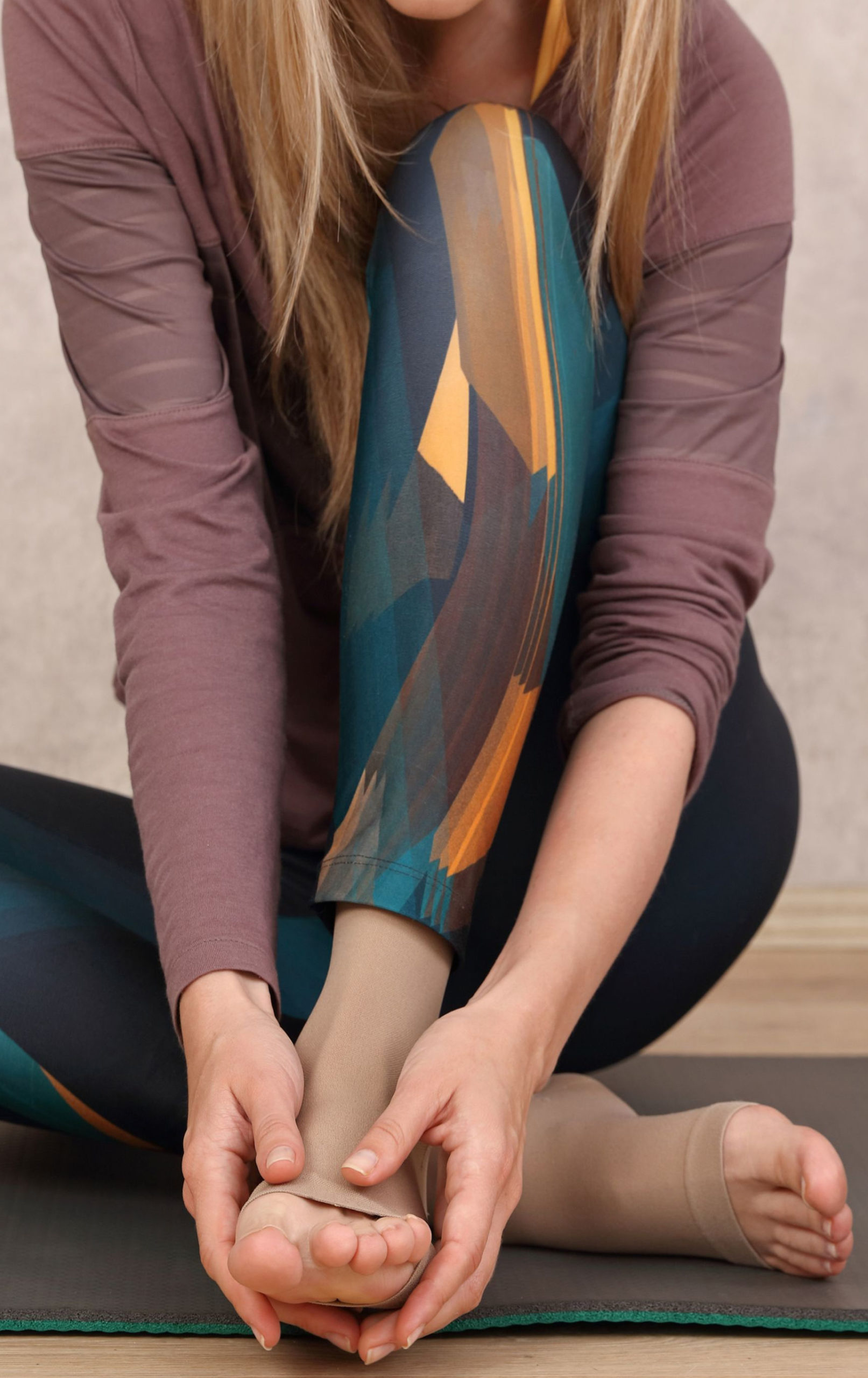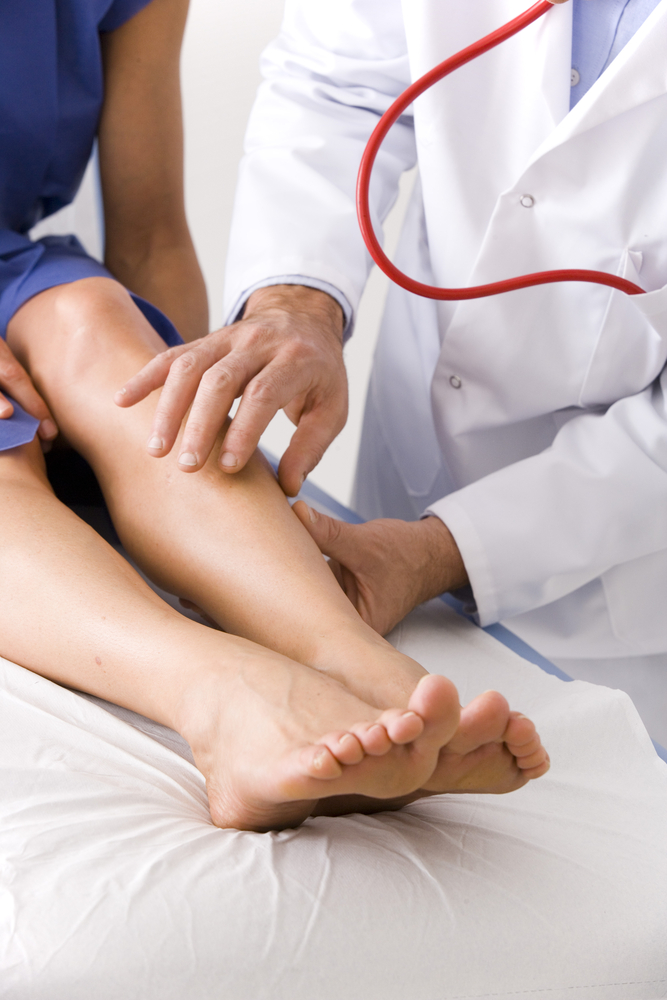
Poor Circulation
When oxygenated blood can’t get around your body effectively, your body gets tired a lot faster. Poor circulation also can lead to several health conditions and vascular diseases.
Who Is Affected by Poor Circulation?
Poor circulation can impact a wide range of individuals, but certain groups are more predisposed to experience this issue. Let’s explore who is more likely to be affected:
- Individuals Over 40: As people age, the risk of circulatory problems increases due to factors like decreased elasticity in blood vessels.
- Those with Excess Weight: Carrying extra pounds can put additional pressure on the circulatory system, leading to complications.
- Diabetics: Diabetes can damage blood vessels and nerves, significantly affecting circulation throughout the body.
- Physically Inactive Individuals: A sedentary lifestyle can contribute to poor circulation, as regular exercise helps maintain healthy blood flow.
These factors, among others, can elevate an individual’s risk. Regular check-ups and lifestyle adjustments can help mitigate these risks and promote better circulation.
What Causes Poor Circulation?
Many factors contribute to poor circulation. Mainly it’s an accumulation of risk factors that result in plaque buildup and narrowing of the blood vessels. Those factors combined make it much harder for the body to effectively circulate the blood.
Risk Factors for Poor Circulation
- Age
- Alcohol use
- Family History of Circulatory Problems
- Poor diet
- Pulmonary embolism
- Sitting for long periods
- Smoking
What Medical Conditions Cause Poor Circulation?
- Atherosclerosis
- Blood clots
- Deep Vein Thrombosis (DVT)
- Diabetes
- High blood pressure
- Obesity
- Peripheral Artery Disease (PAD)
- Raynaud’s disease
- Varicose veins
- Venous Insufficiency
Can High Blood Pressure Cause Poor Circulation?
Yes, high blood pressure does affect your overall circulation. High blood pressure is usually a sign that there is build-up in the blood vessels and that the surrounding areas of your body aren’t getting enough blood flow.
Are Varicose Veins A Sign Of Poor Circulation?
Varicose veins are caused by problems with the veins being able to return blood from the extremities to the heart–yes, they are a sign of poor circulation. Although, in a bit of a different way.
Diagnosing Poor Circulation: What to Expect
When it comes to identifying poor circulation, your healthcare provider will employ a comprehensive approach to ensure accurate results. Here’s how the process generally unfolds:
Initial Evaluation
- Physical Examination: Your doctor will start by checking your overall health and looking for signs associated with poor circulation, such as swelling, changes in skin color, or cool extremities.
- Medical History Review: Expect questions about your lifestyle, family history, and any symptoms you might be experiencing. This context helps in understanding potential risk factors or underlying conditions.
Diagnostic Tests
If necessary, your provider may recommend a variety of tests to gather more detailed information:
- Doppler Ultrasound: This non-invasive test uses sound waves to visualize blood flow through your vessels, helping detect any blockages or irregularities.
- Segmental Doppler Pressure Testing: By measuring blood pressure at different segments of your legs, this test identifies where blood flow is restricted.
- Ankle-Brachial Index (ABI) Test: A simple comparison of blood pressure in your ankle and arm. This test helps determine how well your blood is flowing from your heart to your legs.
- Angiography: Using X-ray imaging and contrast dye, this test explores your blood vessels to locate obstructions or abnormalities.
- Computed Tomography (CT) Scan: A CT scan combines X-rays and computer technology to produce detailed cross-sectional images of your vessels, providing a comprehensive view of potential issues.
- Stress Test: This involves exercising on a treadmill or stationary bike while monitoring your heart, to assess how well your blood circulates under physical stress.
- Blood Tests: These can reveal underlying conditions such as diabetes or high cholesterol that may contribute to circulation problems.
Each of these tests offers unique insights, and your healthcare provider will choose the most appropriate methods based on your symptoms and overall health.
When To See a Doctor For Poor Leg Circulation
Dealing with poor circulation can be concerning, and knowing when to seek professional help is crucial in managing your health effectively. Here are some situations where reaching out to your healthcare provider is essential:
- New or Worsening Symptoms: If you experience unexplained numbness, tingling, or persistent coldness in your extremities, make an appointment. These could signal a serious issue that needs prompt attention.
- Persistent Swelling or Pain: Swelling, especially in the legs, feet, or ankles, or any ongoing pain may suggest blood flow problems that require professional evaluation.
- Skin Changes: Look for noticeable changes in color, temperature, or texture of your skin. Any dark patches, ulcers, or open sores not healing properly should be assessed by a healthcare provider.
- Exercise Intolerance or Fatigue: If you feel unusually fatigued or struggle to engage in physical activities that were previously manageable, it’s time to consult a healthcare professional.
- Ineffective Medication: If prescribed medicines do not improve your symptoms, or if you experience adverse reactions, discuss adjustments with your healthcare provider. This is crucial to finding the right treatment plan for your condition.
For poor circulation treatment, you’ll need to see a vascular specialist or a vascular physician.
When you work with the vascular specialists at VeinSolutions, we’ll help you thoroughly understand your condition and your treatment options.
Signs You Should Visit the Emergency Room for Poor Circulation
Experiencing poor circulation can be alarming. While some symptoms are manageable, others necessitate immediate medical attention. Here’s when you should go to the emergency room:
- Numbness in Your Foot: A complete lack of sensation in your foot can indicate a serious circulatory problem and requires urgent care.
- Unexpected Tingling or Pain: If you experience a persistent “pins and needles” feeling or pain in your leg without any physical activity, it could be a sign of a serious issue.
- Chest Discomfort: Any unexplained chest pain can be a warning sign of a heart-related problem and needs prompt evaluation.
- Concerns of a Pulmonary Embolism: Symptoms like sudden shortness of breath, chest pain that worsens with deep breathing, or coughing up blood require immediate medical intervention.
Always trust your instincts; if something feels seriously wrong, don’t hesitate to seek emergency care. Early intervention can prevent complications and protect your health.

What Are Some Treatments And Remedies For Poor Circulation?
The treatment will depend on what’s causing your poor circulation. However, one of the generally helpful treatments for vascular insufficiency and poor blood flow that is usually prescribed across the board is compression stockings.
- For blood vessels clogged by plaque, angioplasty treatments are highly effective.
- For veins and arteries that have shrunk (Atherosclerosis), angioplasty and stent placement are effective treatments.
- If your poor circulation is caused by a blood clot, blood thinners can help clear up the clots.
Treatment for poor circulation in the legs and other areas will also include making some lifestyle changes. Your doctor will work with you to establish a regular exercise program to help improve your circulation and vein health.
What Are the Complications or Side Effects of Treatments for Poor Circulation?
When addressing poor circulation, several treatment options are available, each with its potential complications and side effects. Understanding these can help you make informed decisions.
1. Surgical Procedures:
- Bleeding Risks: All surgeries carry a bleeding risk. Surgeons and healthcare teams are vigilant in managing this, especially for procedures aimed at improving circulation.
- Infection: There’s always a possibility of infection post-surgery, though this is closely monitored and typically preventable with proper care.
2. Medication Side Effects:
- Blood Thinners: Commonly prescribed to enhance circulation, these can increase bleeding risk. Finding the right dosage is essential to minimize this risk without compromising treatment efficacy.
- Other Medications: Some drugs may cause dizziness, fatigue, or gastrointestinal issues. Discussing side effects with your healthcare provider is crucial for managing these effectively.
3. Lifestyle Changes and Their Impact:
- Dietary Adjustments: While crucial, sudden dietary changes might lead to digestive discomfort or fluctuations in energy levels as your body adjusts.
Overall, every treatment plan is unique, and potential side effects can vary between individuals. Regular consultations with healthcare professionals ensure that treatment remains safe and effective, with strategies in place to manage any complications.
At-Home Remedies to Improve Blood Circulation
Improving the flow of blood through your body is fairly easy to do. Since inactivity leads to poor circulation, incorporating healthy levels of physical activity into your day will help reverse that condition.
Elevating your feet will also help relieve pain from your aching legs. You should also work on drinking enough water each day to stay hydrated to improve your blood flow. Stretching regularly is another step you can take to improve circulation problems.
Additional Strategies for Better Circulation
To further reduce your risk of developing poor circulation, consider these lifestyle adjustments:
- Exercise Regularly: Engage in activities like walking, cycling, or swimming to keep your blood moving.
- Maintain a Healthy Weight: Keeping your weight in check can alleviate unnecessary pressure on your circulatory system.
- Quit Smoking: If you smoke, quitting can significantly improve your circulation and overall health.
- Healthy Eating: Incorporate a balanced diet rich in fruits, vegetables, and whole grains to support vascular health.
- Manage Health Conditions: Keep high blood pressure, diabetes, and high cholesterol under control with regular check-ups and medication as prescribed.
By combining these strategies with the simple at-home remedies, you can effectively improve your circulation and support your overall cardiovascular health.

Poor Blood Circulation Treatment at VeinSolutions™ Flint
The best and most effective treatment for DVT is compression therapy. The main goals of DVT treatment are to reduce the size of the blood clot and to prevent it from getting bigger. Additionally, we want to do as much as we can to prevent the blood clot from breaking off and causing PE or other problems.
